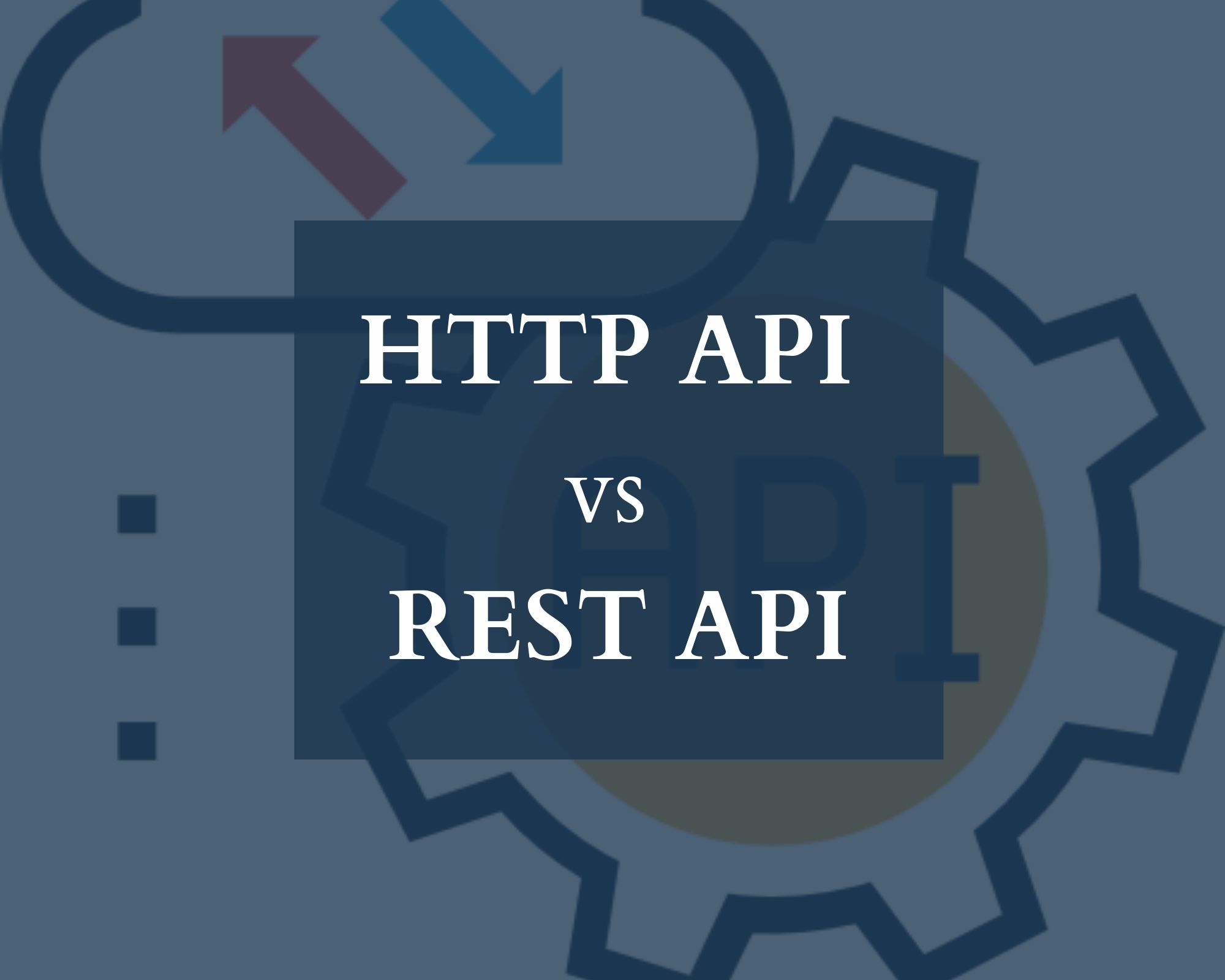 15-02-2022
15-02-2022What is API?
Programmers may use APIs to create new applications or integrate existing ones. As an agreement between an information supplier and an information user, it establishes the content that the consumer (the call) is obligated to offer and the information requested by the producer (the response). For example, weather service API design might require that users provide a zip code and that producers respond with two-part answers, one of which is the high temperature and one of which is its low temperature.
To put it another way, an API lets you express what you want from a system or computer to that system so that it can comprehend and fulfill your request.
What is REST?
Roy Fielding coined the phrase “Representational State Transfer” in 2000 in his dissertation “Architectural Styles and the Design of Network-based Software Architectures.” Stateless resource-based web services may be built using the REST specification.
What is REST API?
Representational state transfer, often, known as REST, is an API design paradigm that makes use of pre-existing protocols. In the context of Web APIs, REST may be implemented across virtually any protocol; however, HTTP is the protocol of choice. A REST API architecture does not need the installation of libraries or other software by developers. In his 2000 doctoral dissertation, Dr. Roy Fielding defined REST API Design. It has a remarkable degree of adaptability. When properly implemented with hypermedia, REST may accommodate many call types and return varied data types since data isn’t connected to methods or resources.
What are HTTP APIs?
The Hypertext Transfer Protocol (HTTP) API is an application that connects between two systems. In order to connect to a server, HTTP APIs provide access to endpoints that may be used as API gateways for HTTP requests. Using an HTTP API, for example, you can set up a meeting on your Google calendar. The API shows how Zoom may interface immediately with Google’s servers to integrate a Zoom meeting inside the event, rather than copy-pasting the invite link into a field.
Since HTTP API is an umbrella term, they may take many different forms, depending on the purpose they are designed to do. In order to further classify HTTP APIs, architectural design concepts are used. The vast majority of them are used in the creation of web-based information systems, while each has its own set of benefits and drawbacks.
REST APIs VS HTTP APIs
Fundamental Difference
Adding REST APIs to HTTP APIs does not bring any new functionality. But it is a form of architecture that uses HTTP as its application-layer protocol and was developed in conjunction with and as a complement to the earlier hypertext transfer protocol (HTTP0. However, REST is not connected to HTTP all the time. Your API may be RESTful even if you employ alternative transmission protocols, such as FTP or SMTP.
The usage of HTTP as a transport implies that SOAP (Simple Object Access Protocol) may also be considered an HTTP API. In order to be a REST API, an HTTP API must adhere to REST architectural principles.
Structural Difference
The architecture or design of an API is the second important difference between HTTP API and REST API. In the near future, the bulk of HTTP APIs will be fully RESTful. But we cannot call all HTTP APIs as REST APIs. The following architectural characteristics must be met for an API to be referred to be a REST API:
Client-server:
In REST applications, a server manages the application’s state and data. A client maintains the connection between the server and the users. There is a definite line of demarcation between the two halves. Therefore, you will be able to upgrade and replace them independently.
Stateless:
Stateless: The server receives all of the information it needs to process the client’s requests in the form of a request.
Cacheable:
In order for an API to be considered REST API, the servers should specify whether or not their replies may be cached. When it’s convenient for both the system and the client, responses may be cached. There is no need for clients to deal with stale data as a result of this.
Consistent Interface:
A focus on a consistent interface between elements is the major distinguishing feature of REST’s design from other network-based solutions. Using REST services, data is made available as resources with a uniform namespace.
Layered System:
Components in a layered system cannot see outside their own layer. It is possible to add proxies and load-balancers to boost authentication performance and security with this restricted scope.
Conclusion
People often confuse REST with HTTP despite the fact that they are different concepts. REST is a collection of architectural characteristics, whereas HTTP is a well-structured standard that happens to display many of the RESTful system’s characteristics.


